A mere 54 kilometres from Soppong lies the small town of Pai, which was to be our destination the next morning. As we were not aiming to do the full Mae Hong Son loop, we had no real need to stay there, but thought we should go and check it out. The fact that the road between the two towns traversed a mountain pass in a series of scenic twists and turns served as an added incentive. We were not expecting too much from Pai itself, as we had read that it was extremely touristy and may prove overpriced. In the event it turned out to be just lovely. Yes, it was touristy, catering to both Thai and Western markets, but it was very nicely done. After asking at a few overly expensive places, we struck gold and found some beautiful bungalows in a quiet spot for a relatively bargainous price. The decision to stay two nights was made very easily indeed.
Essentially our time in Pai was spent eating our way through the huge variety of delicious fare on offer, and reading our books on the verandah of our bungalow. For somewhere that essentially exists for the tourist market Pai was a surprisingly classy destination, with quality (yet surprisingly cheap) food to match. Our only problem was narrowing down where to eat in the limited time we had available. As if food wasn't enough of a draw, the town also seems to play host to plenty of arty types. Had we been in the market for souvenirs, it would have been all too easy to leave with a vast selection of cool t-shirts and pretty jewellery. As it was, we limited ourselves to a sticker for the bike. This was truly a mark of how much Oli liked Pai, as usually I cannot imagine him willingly parting with cash for such an unnecessary item.
Having very much enjoyed our impromptu holiday, it was time to get back on the road. As our aim is to leave Thailand via the Malaysian border, we needed to slowly start working our way down south. Oli was more than happy to come back the way we had already ridden, as the roads in the region really were world class. Needless to say, he was enjoying himself immensely, at one point leaning the bike so enthusiastically around a corner that we lightly scraped the pannier against the asphalt. I also noticed as we drove through the woodland that he was following slightly odd lines. The cause of this quickly became obvious; the floor was littered with huge, crunchy leaves, and he was having a great time running them over. However, the trees had their revenge when a falling leaf painfully hit Oli in the face whilst he had his visor open... comeuppance indeed.
After a fun but tiring day on the roads we made it to Mae Sariang, a small but pleasant riverside town. As it was not on the main tourist trail, a cheap room was easy to come by, so there was no real need to shop around. As a plus, our hotel doubled as a seriously excellent pad thai restaurant in the evening. On the down side, our room was quite popular with ants, who took a definite shine to our helmets. Luckily I had the brain wave of making a DEET ring around the coveted helmets, which seemed to keep even the keener insects away. We went to sleep with the noise of a group of Thai ladies getting hammered in the restaurant over the road in honour of a friend's birthday. This really is a country where people like to have fun, which helps to make it such a welcoming place to visit.
Fortunately we had a very good night's sleep, as we had another mile-crunching day ahead of us. Rather than taking the main road south, we decided instead to follow the more minor route down the Myanmar border, as we felt it would be far more interesting. We had been told that the road became pretty rough in places, but knowing how excellent Thai roads are in general decided to risk it.
The first 30 miles of the road were fantastic, and we started to hope that the warnings may prove unfounded. Sadly however, after passing the entrance to a national park, the road suddenly switched from a wide, smooth route to a severely potholed narrow track. There were holes on this road that made some of the more exciting Lao roads look good. However, it was beautifully quiet, and we resigned ourselves to pushing on through trying but (kind of) fun conditions. Imagine our surprise therefore, when after a few kilometres we once again found ourselves on pristine tarmac. This lasted for a good few miles, and then once again deteriorated to a potholed mess. This pattern continued for a considerable distance, which required a lot of concentration. Thankfully in the end the good road won out, and we could once again make excellent progress.
Taking the back road turned out to be a very wise choice. Not only was it mercifully free of traffic, it was gloriously scenic. The route skirted along the Myanmar border, passing by many mountains and picturesque villages. With so much to look at the journey to Mae Sot absolutely flew by. We had originally planned to stay in this town, but had made such good time that we thought we might as well push on to the next.
At first glance, we felt we might have made a mistake in deciding to continue to Tak. Finding a hotel was proving difficult, and for once our GPS was no use, helpfully suggesting plenty of places in Mae Sot, 60 miles behind us. We were getting close to giving up, before eventually spotting a coffee shop with an attached hotel. It was actually excellent value, and £7 bought us a huge en-suite room complete with air-con. Things were looking up.
Having had low hopes for Tak, it was the best of surprises to find out that it was actually a gem. As the sun started to go down over the river the town came alive. Children flew kites against a stormy sky, and ladies did group aerobics to a fast dance beat. The real winner for us however was an exceptionally lively street-food market. Thai food is by no means usually expensive, but this was even cheaper than we had usually encountered, with no corresponding drop in quality. After grazing for a while we ended up eating delicious 10 baht (20p) noodles whilst watching it all go by. Our presence was evidently all too exciting for a small group of children, who after pointing and giggling in our direction for a few minutes eventually ended up arguing with eachother. Apologies to the parents!
Our next planned stop was to be Kanchanaburi, but we were unsure as to whether it would be possible to make it in one day. However, although the roads were busy, flat, straight and fairly uninteresting, they did make for good progress. We pushed on for miles, negotiating frequent lorries carrying heavy loads of sugarcane. Evidently one load had been excessive indeed, as we witnessed the aftermath of an accident. The rear trailer of a double lorry had overturned, spilling sugarcane into the adjacent field. Thankfully it appeared that everyone was unhurt, but it was sobering nonetheless.
We made it to Kanchanaburi unscathed, and found ourselves in the thick of rush hour traffic. Lucky for Kanchaburi the police were on hand to help direct the flow of vehicles. Nobody can accuse one of the officers of not caring about his job, as he was gesturing so enthusiastically he almost appeared to be dancing. He was clearly having a right good time, and gave us a huge grin as we rode past him, which we returned along with a cheery wave. What a guy!
After some effort, we eventually found a budget guest house. The room was slightly rubbish, but it was less than half the price of everywhere else, which made up for a lot. We then negated the money saved on our lodgings by going out for a relatively fancy dinner. If it comes to the choice of skimping on food or accommodation, food will be the priority for us almost every time.
After over two months without seeing rain, we were shocked this morning to wake to the sight of a grim, drizzly day. Nevertheless, as unwelcome as this change in weather was, it was fitting for the day ahead. The area around Kanchanaburi is steeped in the tragic history of the Second World War, and we would have found it impossible to pass it by without visiting some of the associated sites.
Aside from the main war graves cemetery in town, there is another one some way out. This was to be our first stop for the day, so we jumped on the bike and made our way there. Chungkai was once a major camp along the infamous Thai-Burma railway, and the cemetery now holds the graves of some of those that lost their lives during its construction. Some 1400 Commonwealth and 300 Dutch soldiers are buried within its boundaries. It was a melancholy but well cared for place, and we were both very moved as we walked around it.

Keen to understand more about the history of what is now commonly known as the Death Railway, we next went to its dedicated museum back in town. It was a thoughtful and well done exhibition, and we came away from it saddened but considerably more educated. Urgently needing to establish a supply line into Burma, the Japanese decided on implementing a railway in March 1942. Less than three months later, construction began. Labour was supplied in the form of Allied Prisoners of War (PoW) and indentured labourers from Asia, many of whom had been brought from other Commonwealth countries by the British.
Conditions were well documented and horrendous. As pressure to complete the railway increased from above, the treatment of the labourers became intolerable. Close to starvation and rife with diseases such as malaria, people were quite literally worked to death. By the time the railway was completed, approximately 15,000 PoWs and 90,000 Asian workers had died. All this to complete 415 km of track in as short a time as possible. Recognising that the railway line was essential to Japan, the Allied forces sought to disable it. The bridge on the river Kwai was eventually famously destroyed in 1945.
The bridge itself was the logical final stop for the day. The Bridge on the River Kwai is perhaps the best known landmark of the Death Railway, a solid concrete and steel structure spanning the water. However it was actually one of the least fatal sections of track, with nine people losing their lives during its construction. The bridge as it stands now has been rebuilt following the bombing, but it remains to many a powerful symbol of a painful history.
Whilst the history of Kanchanaburi is unarguably an interesting and important one, we will be glad to leave it tomorrow. Perhaps we should not have stayed by the river, but it feels far more touristy than what we have been used to in Thailand. Considering that most people that visit will be interested in the sad and difficult past, the proliferation of seedy bars and tourist shops feels uncomfortably jarring. It was well worth a visit for its historical sights, and we have also eaten some fabulous food, but we are very much looking forward to getting back on the road tomorrow morning. After a wonderful time in Northern Thailand, it is high time to get to the south and hit the beach!
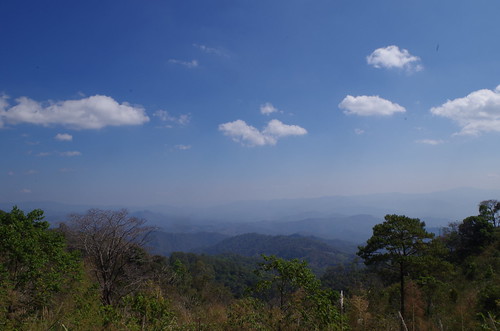
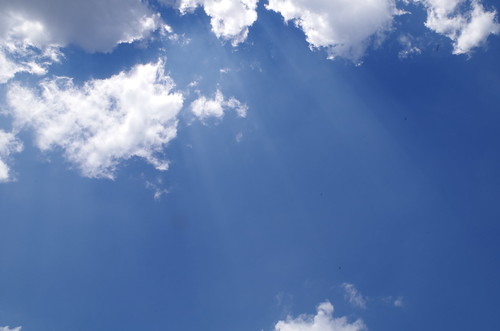
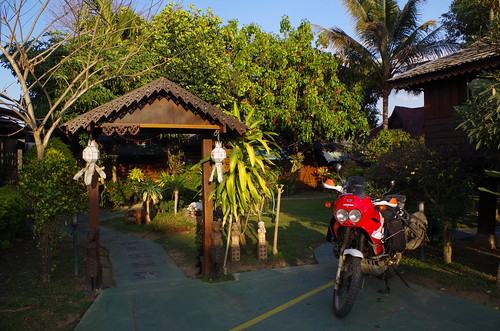
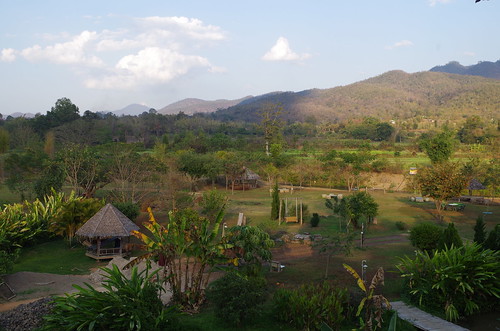
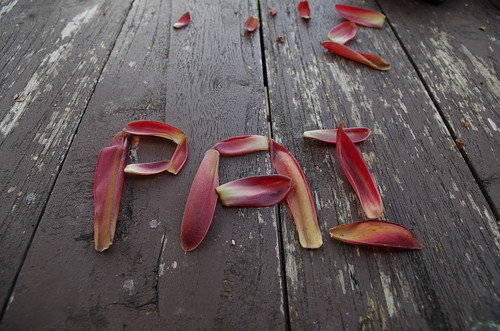
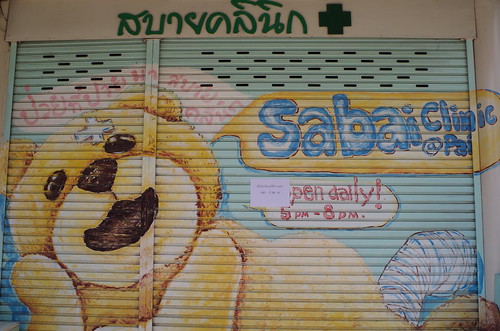

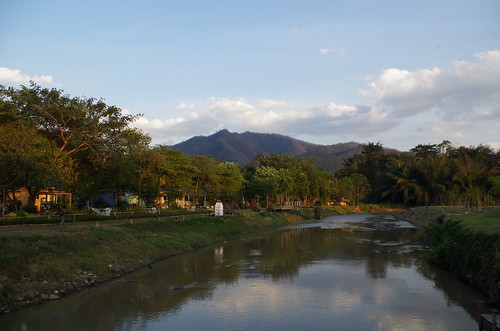
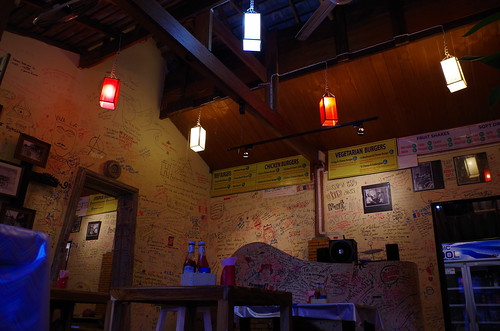
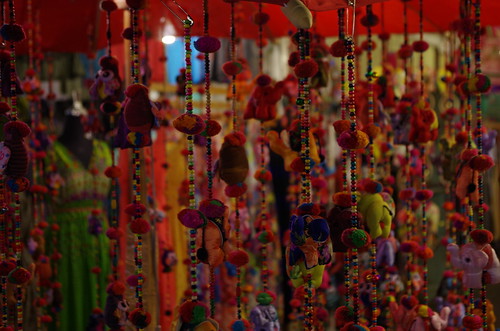
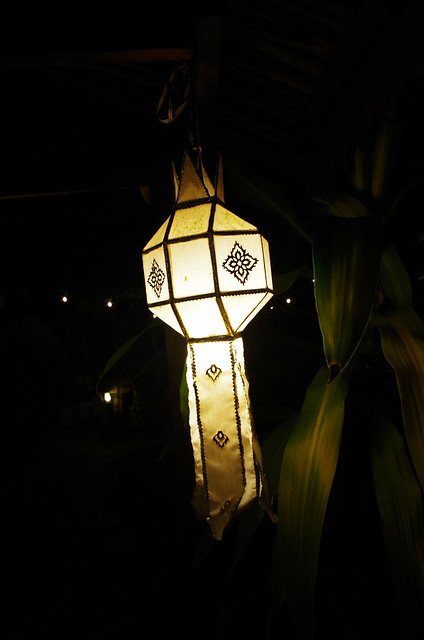
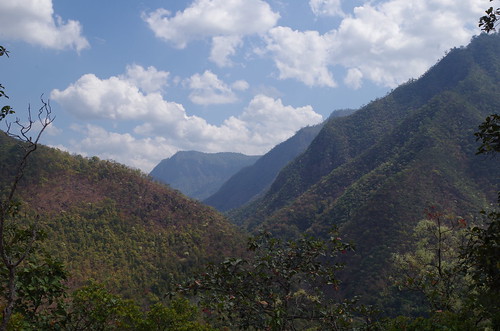
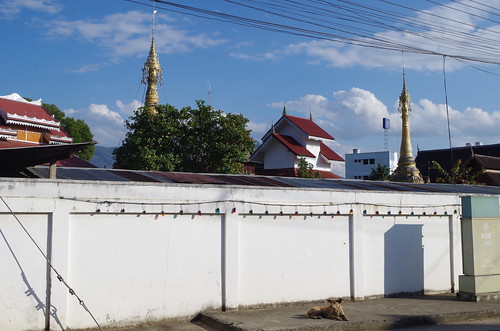
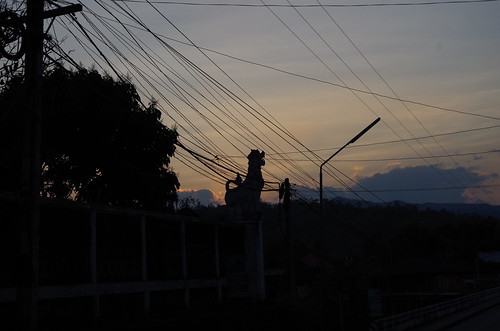
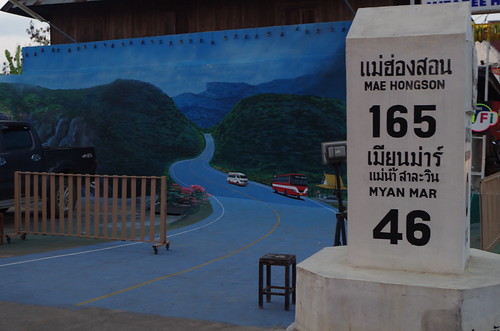
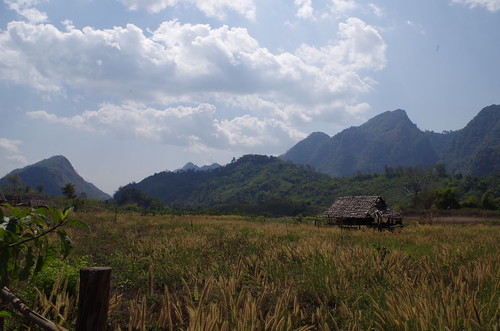
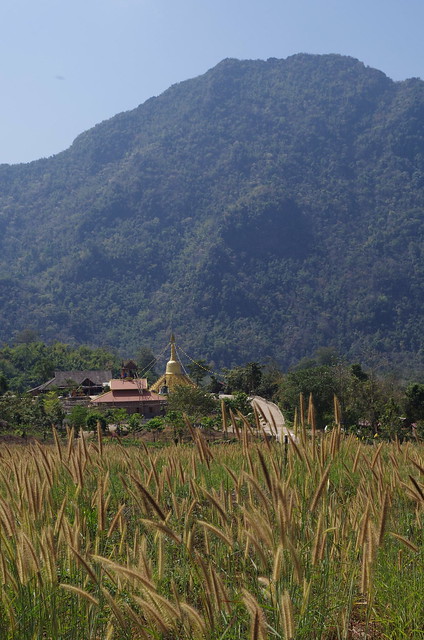

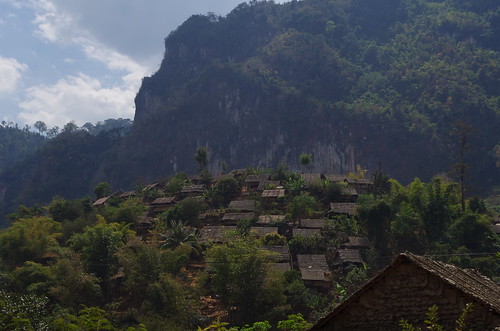
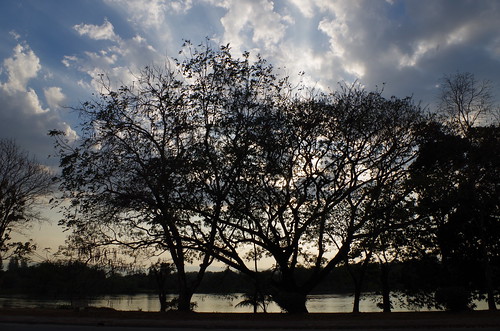
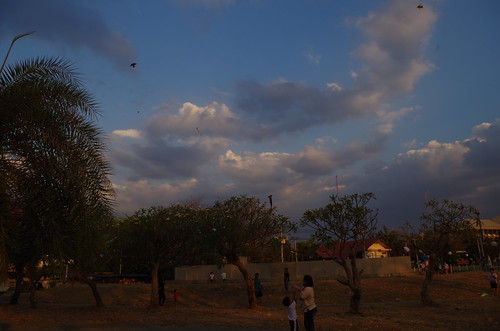
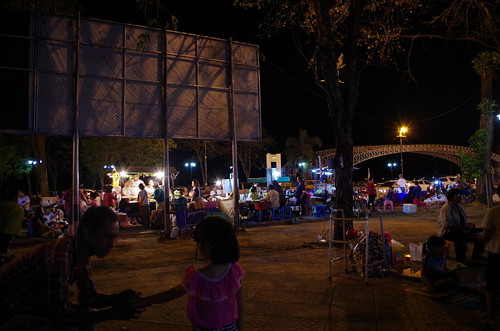
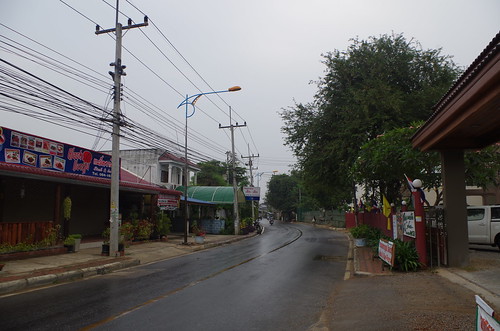
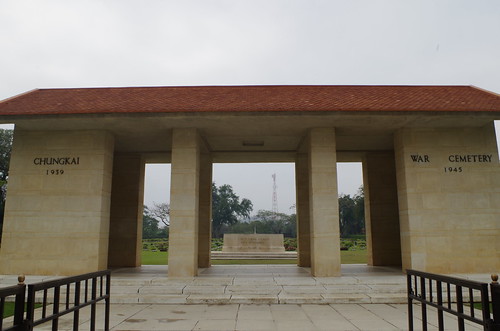
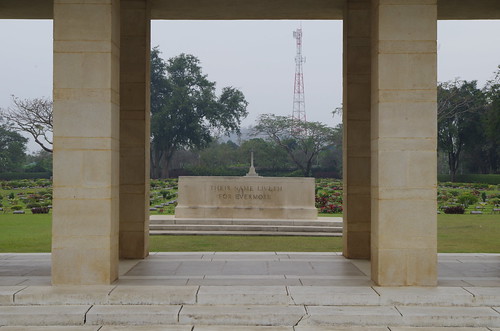
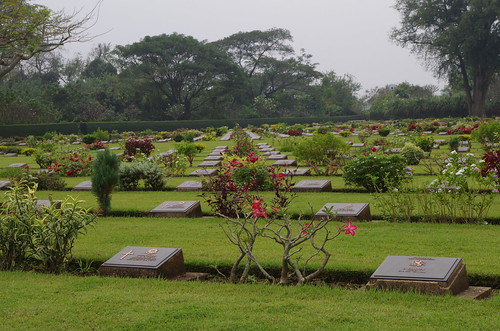
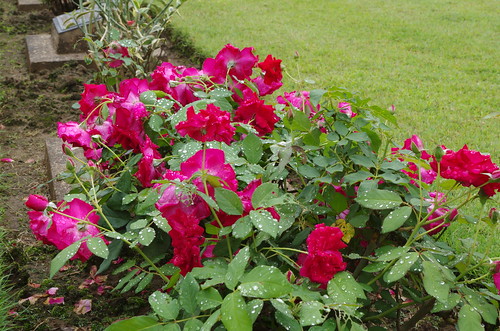
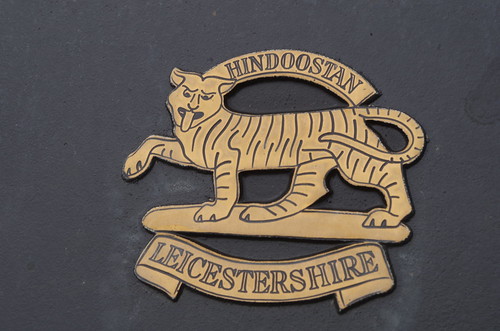


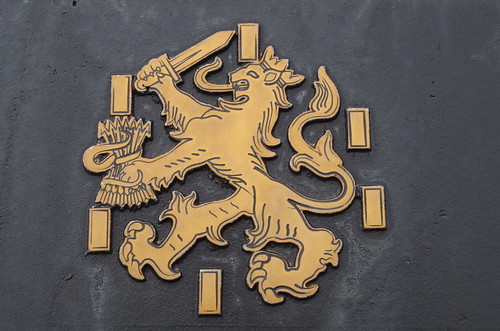
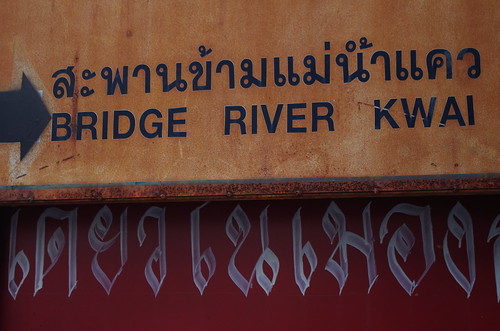
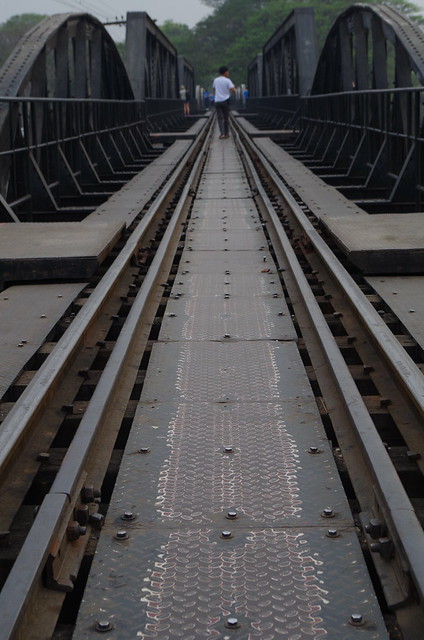
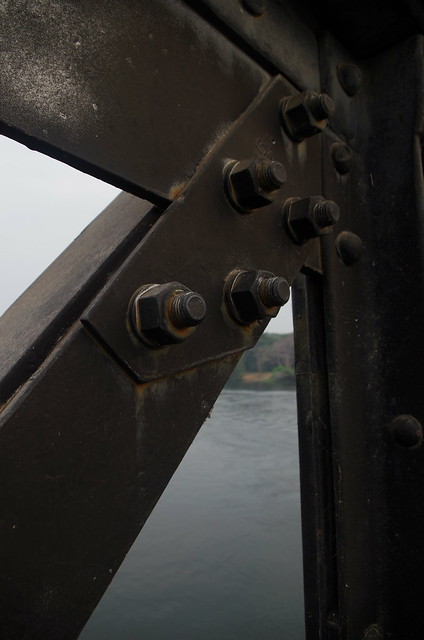

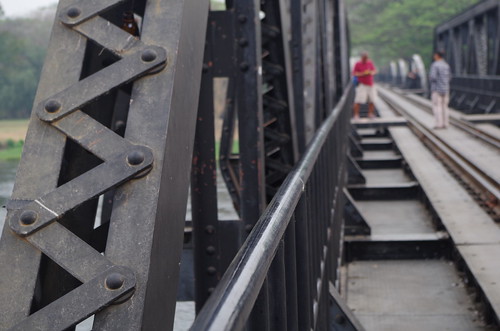
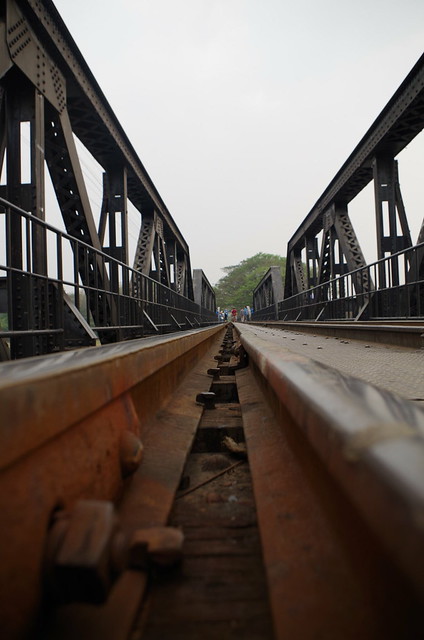
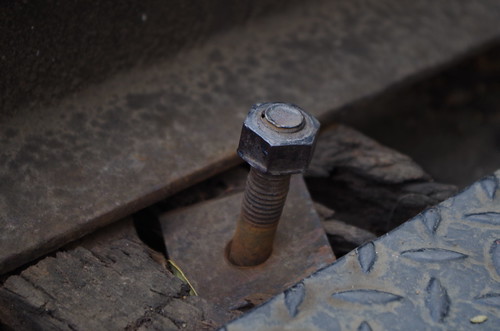
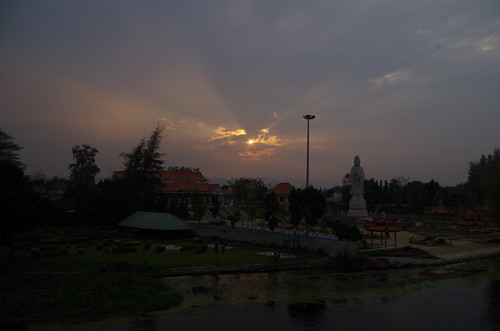
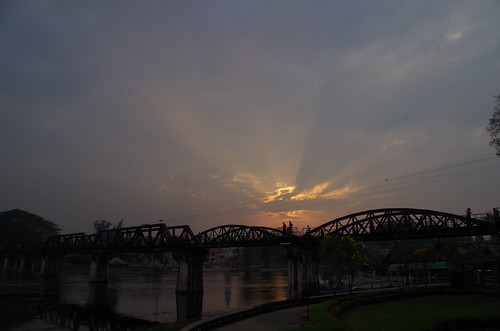
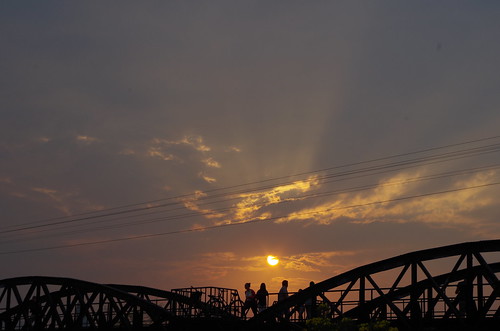
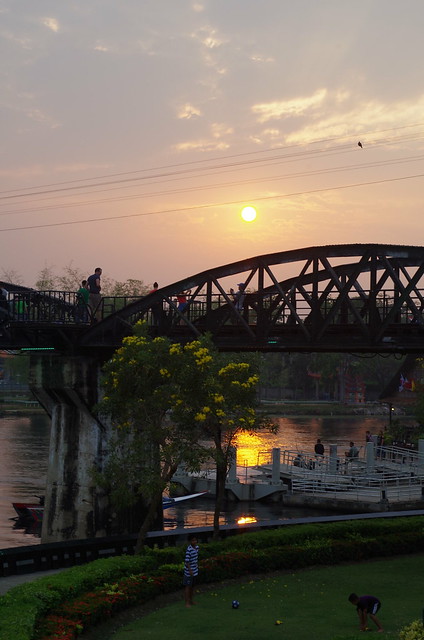
No comments:
Post a Comment